Each sculpture will be made from a series of laser cut layers made of either plywood or acrylic that will fit together through three spine pieces, creating a sculpture of a human. Each sculpture will then be completely wrapped in plastic wrap.
Each sculpture will have decorative pieces around the opening at the heart for thought donations to be added. In some of the sculptures, there will be some sort of mechanism created to mix and retrieve notes.
Each sculpture can be completely different and can be a representation of the community it is placed in. Sculptures can be found in libraries, subways, parks, schools, museums, town halls, and online.
 Kate Reed
Kate Reed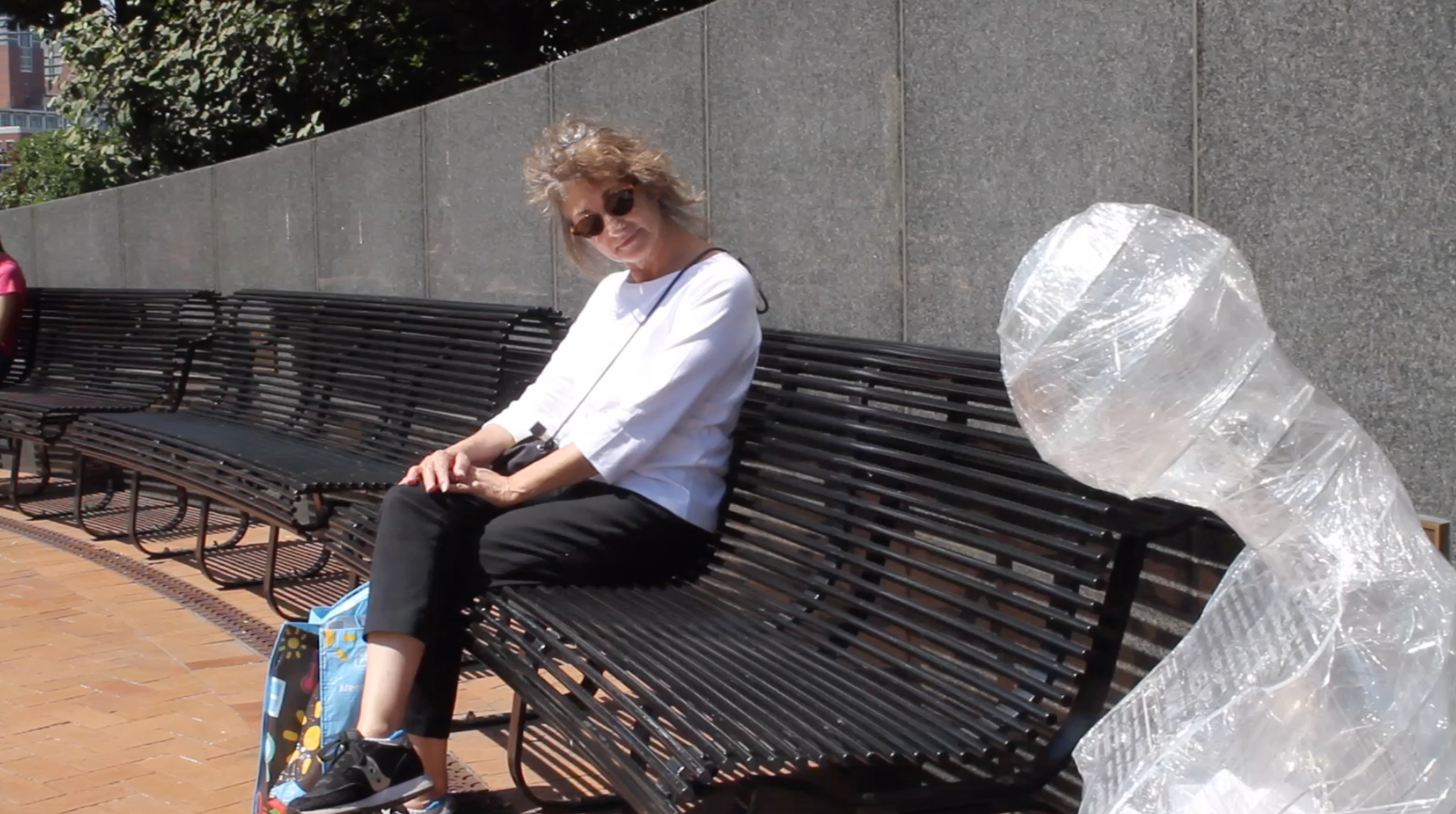

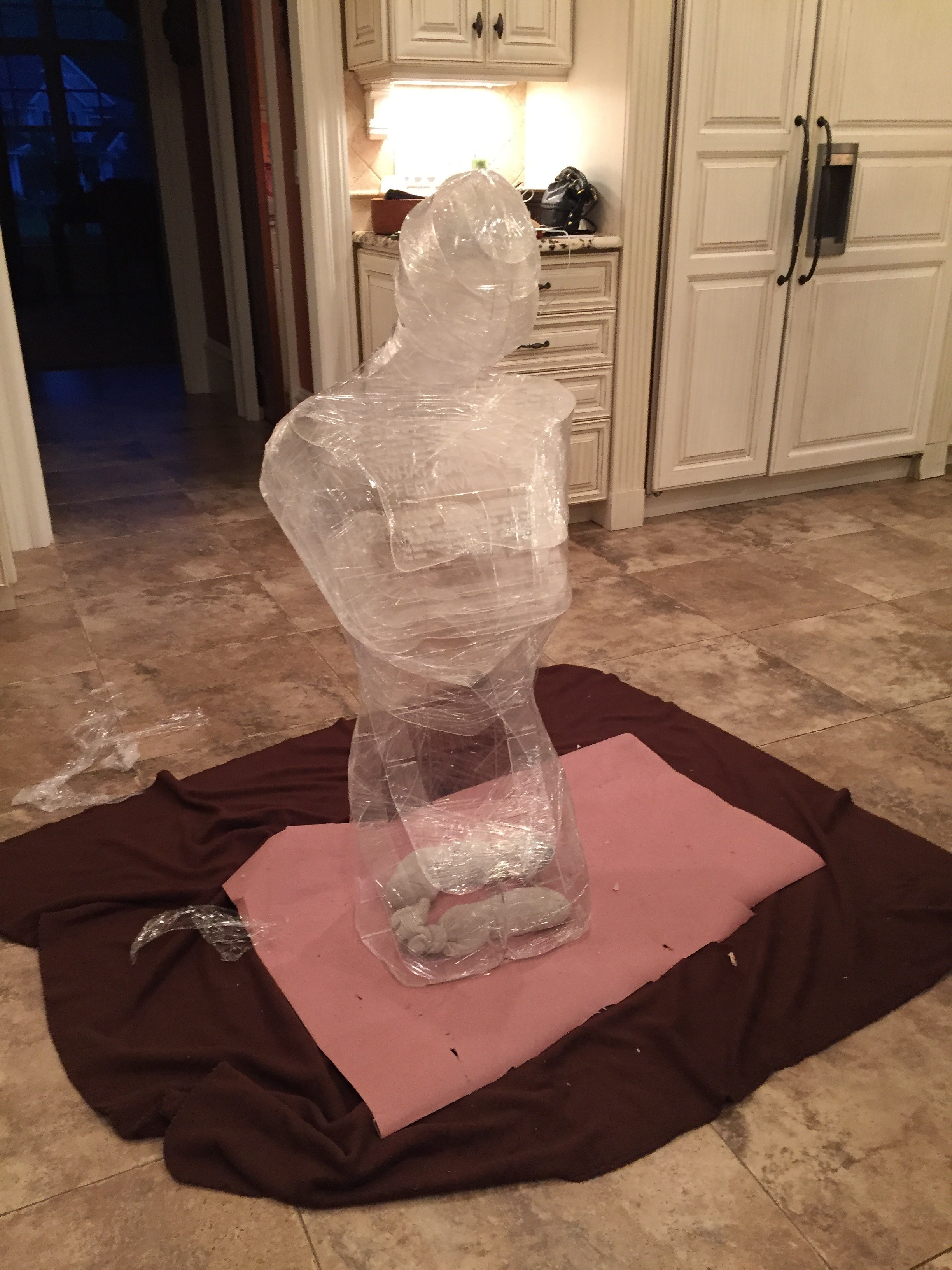
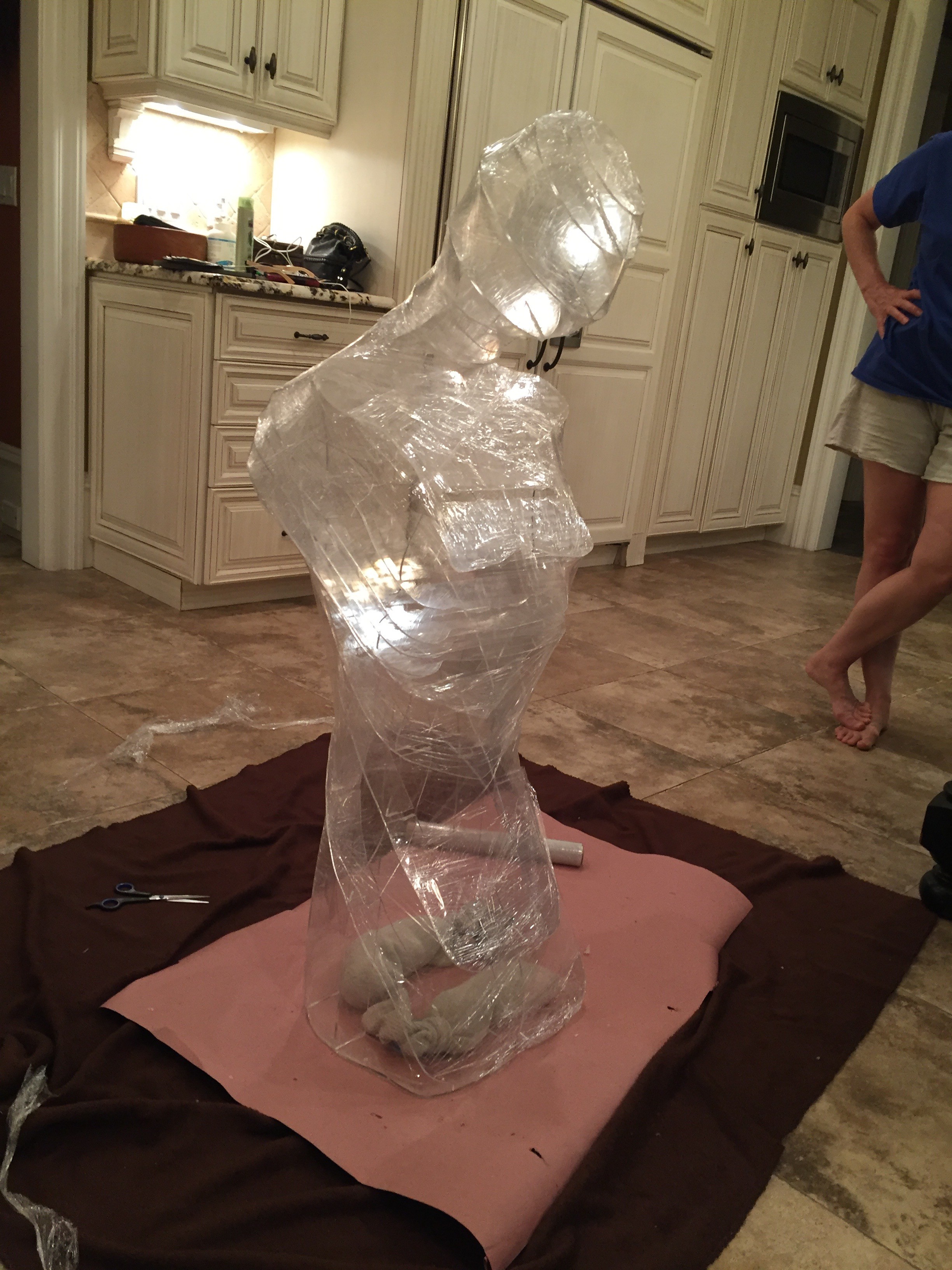

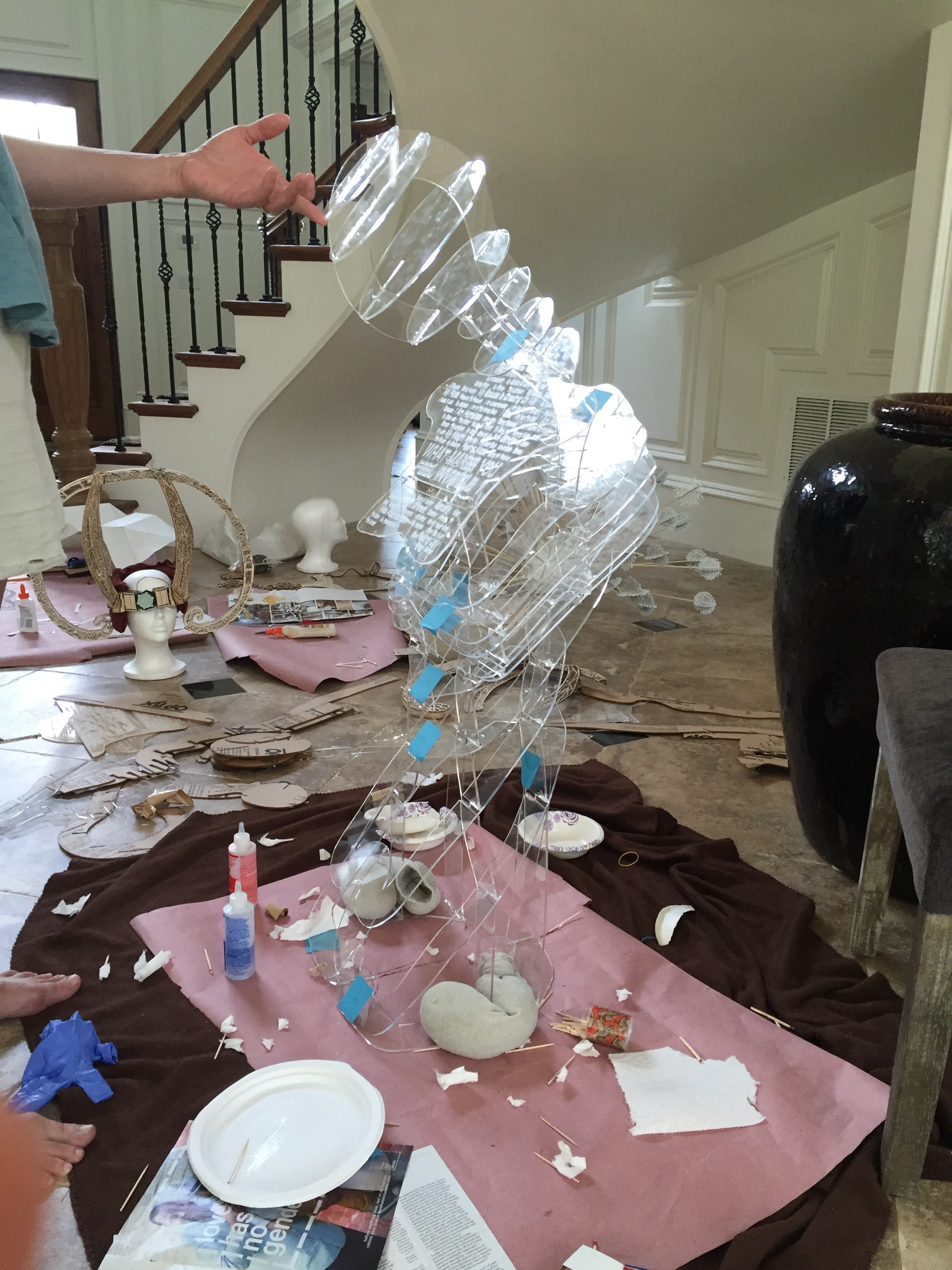
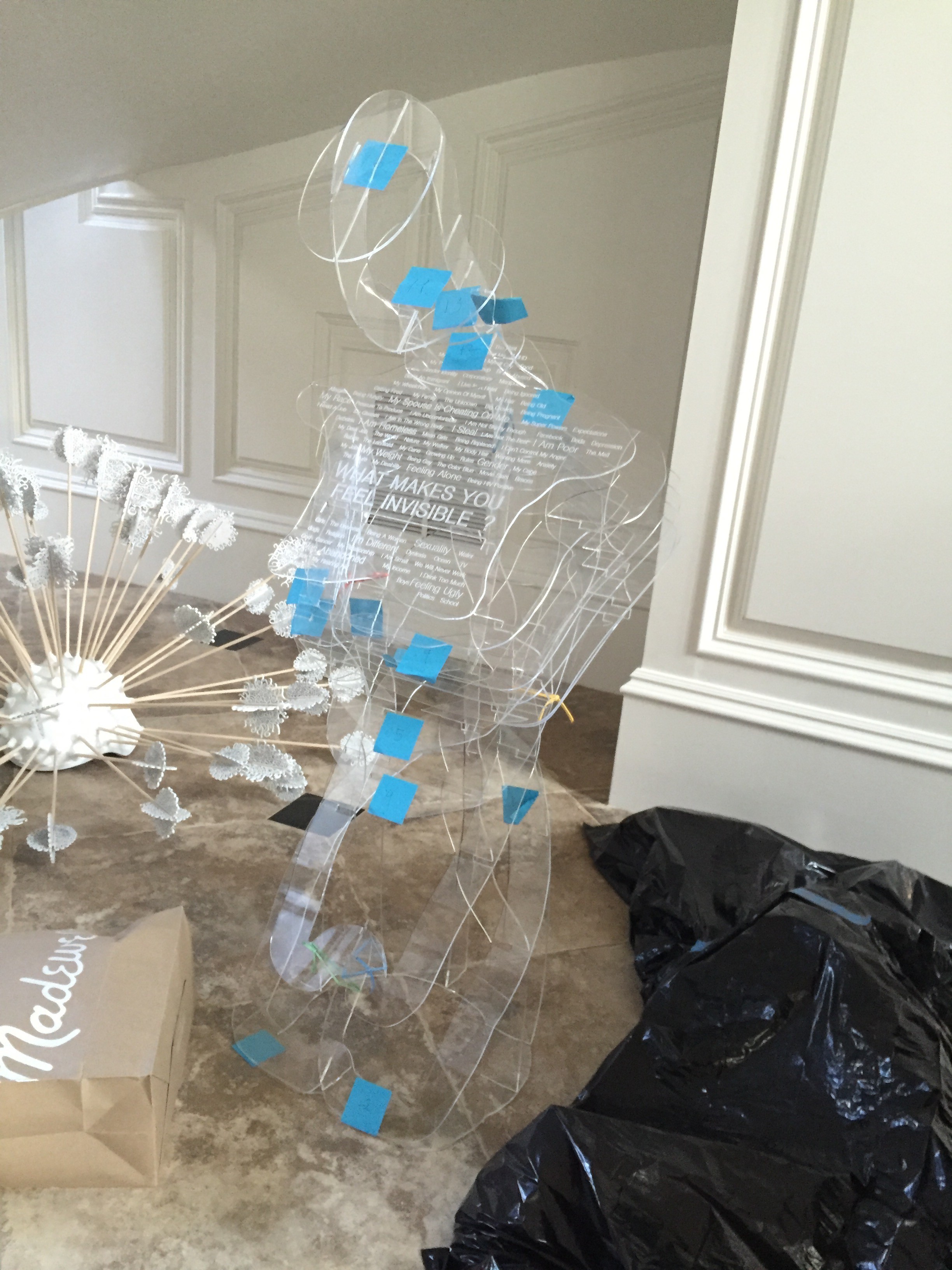
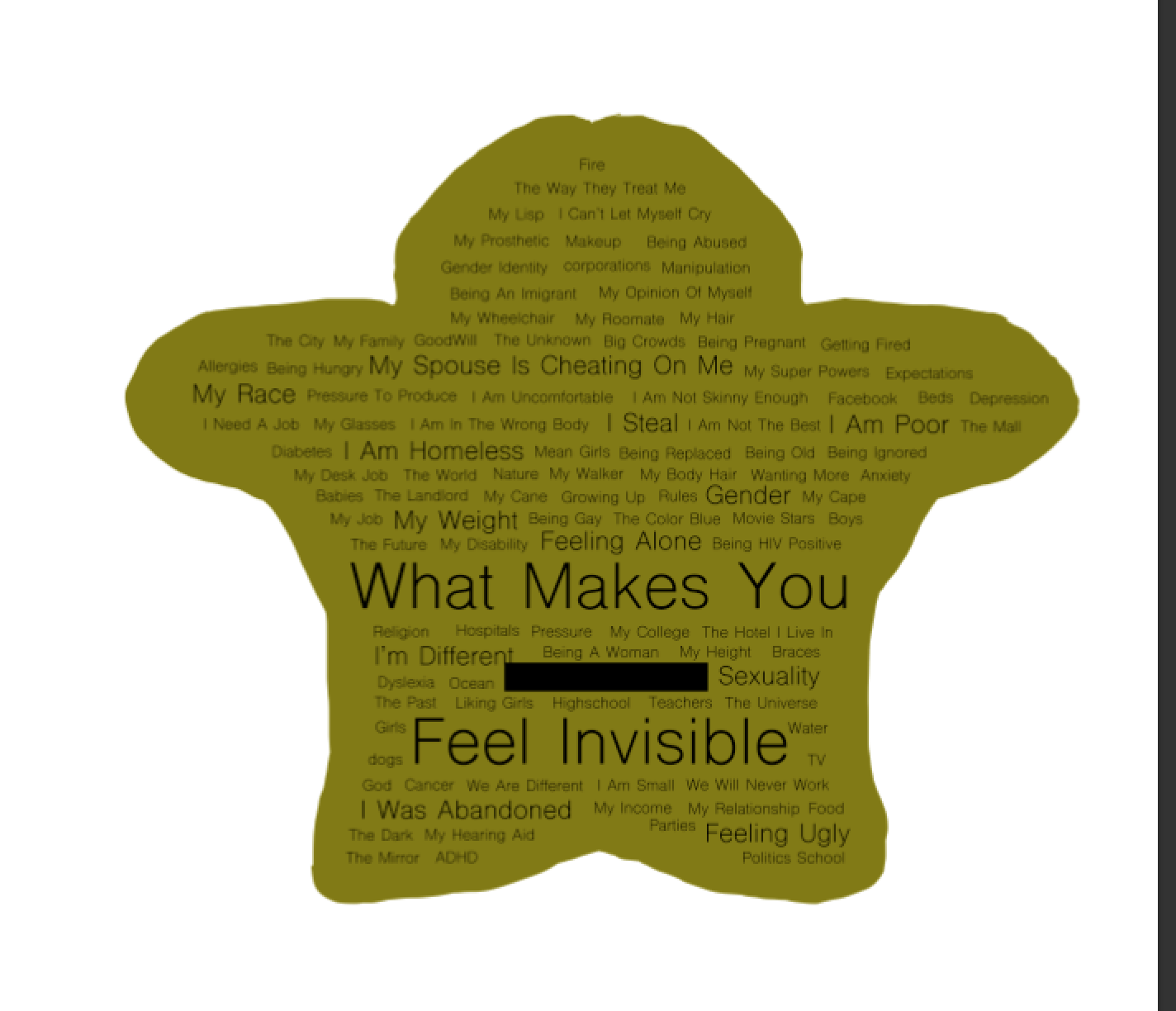
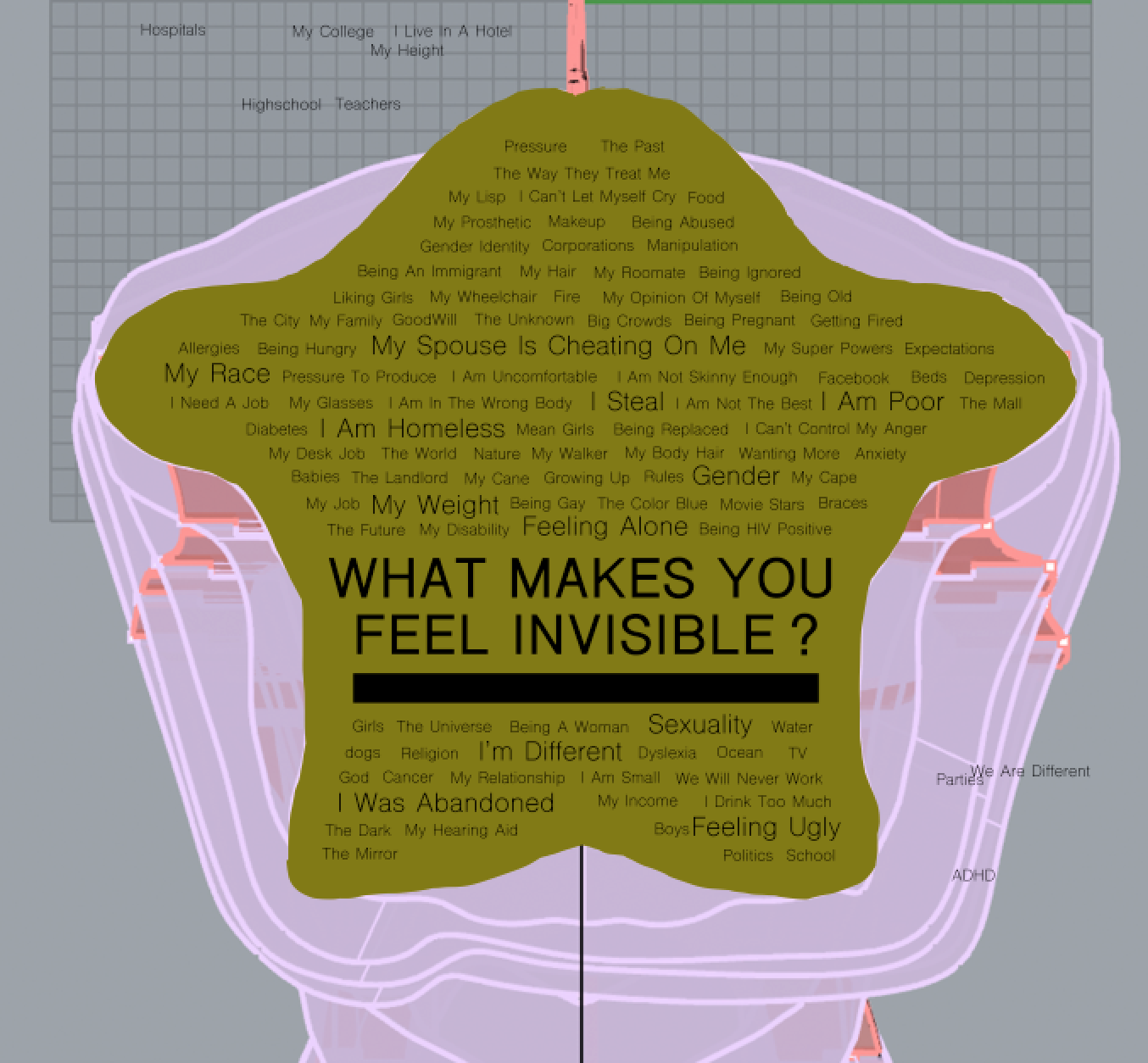
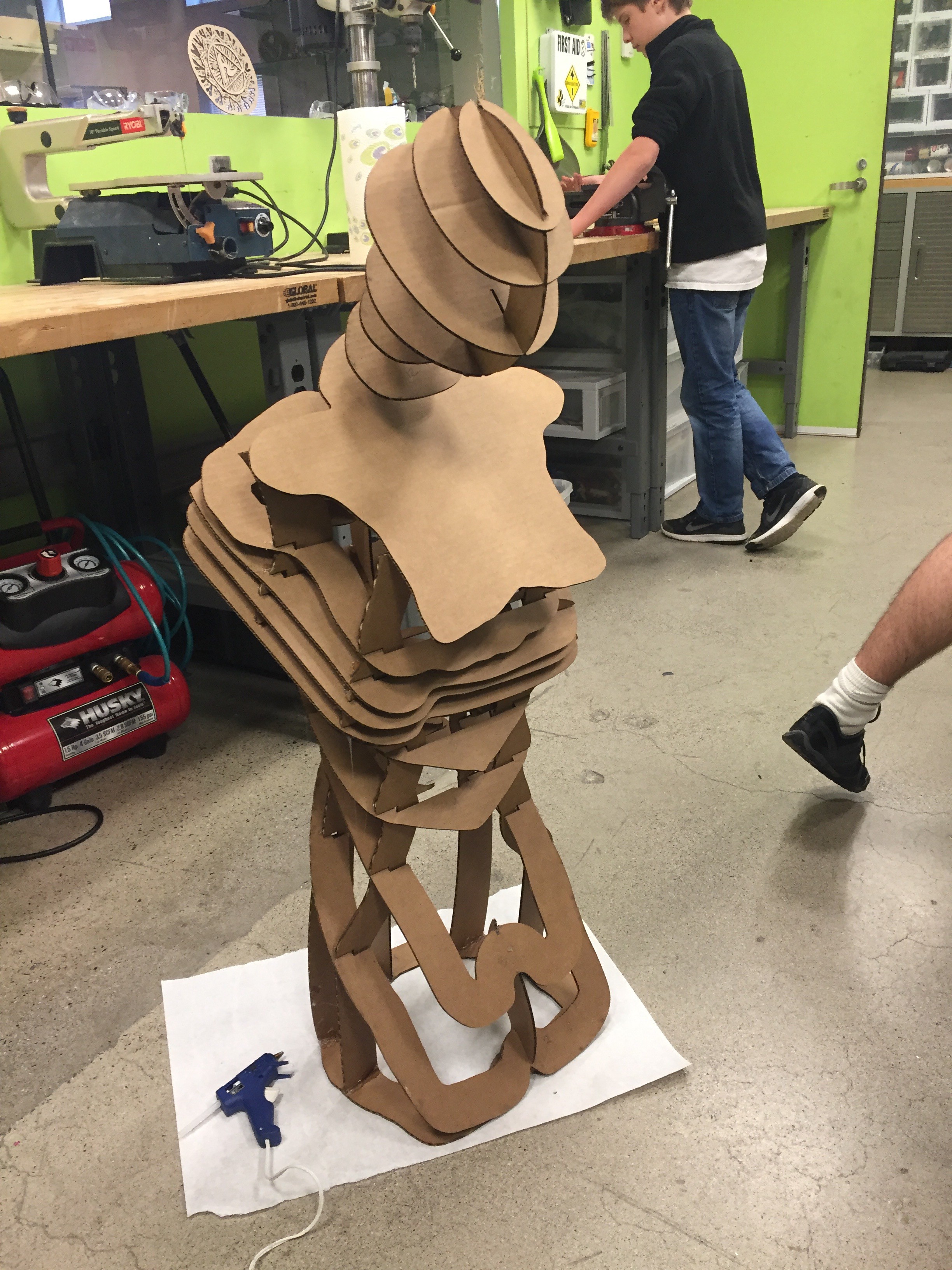
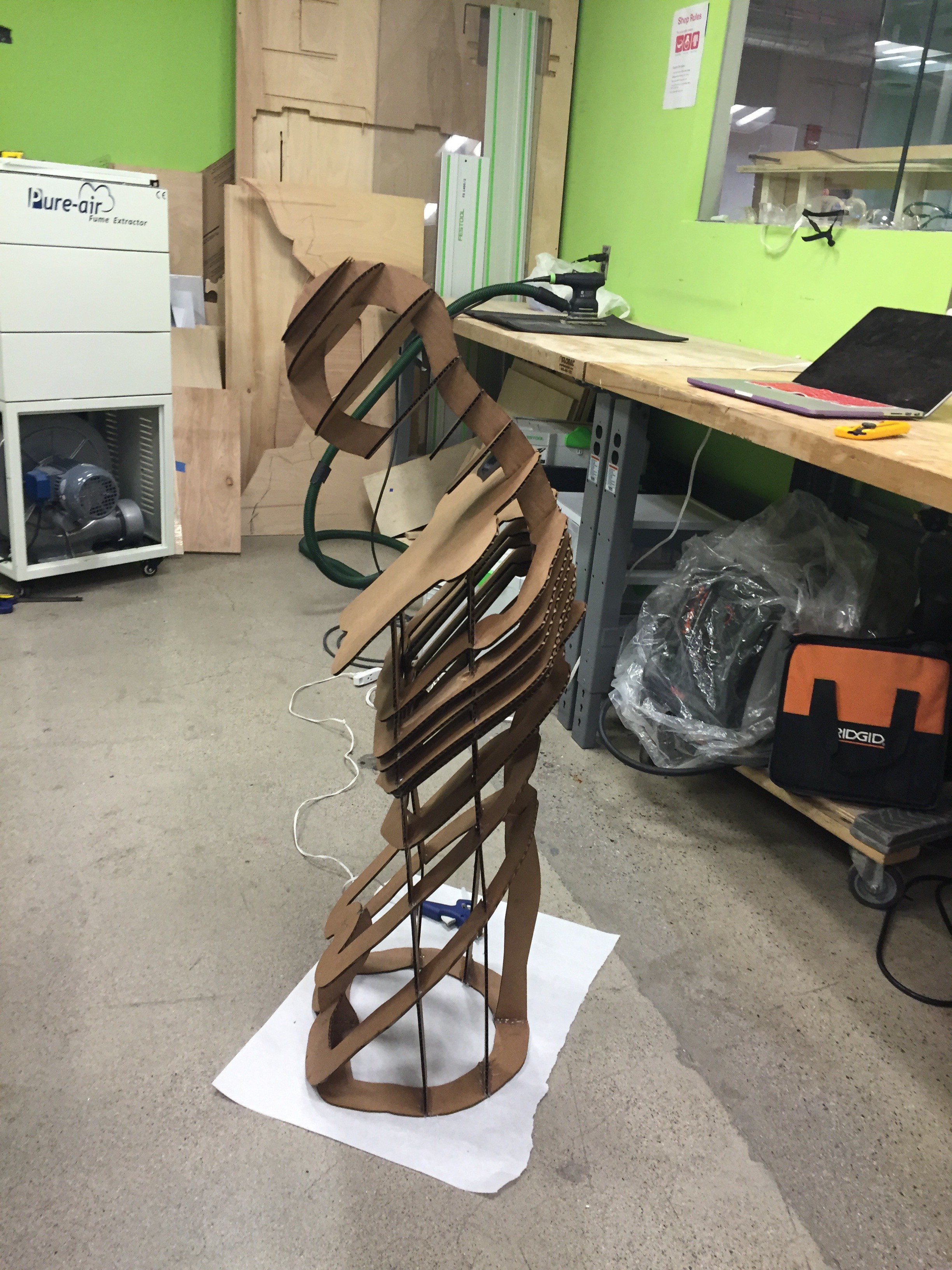
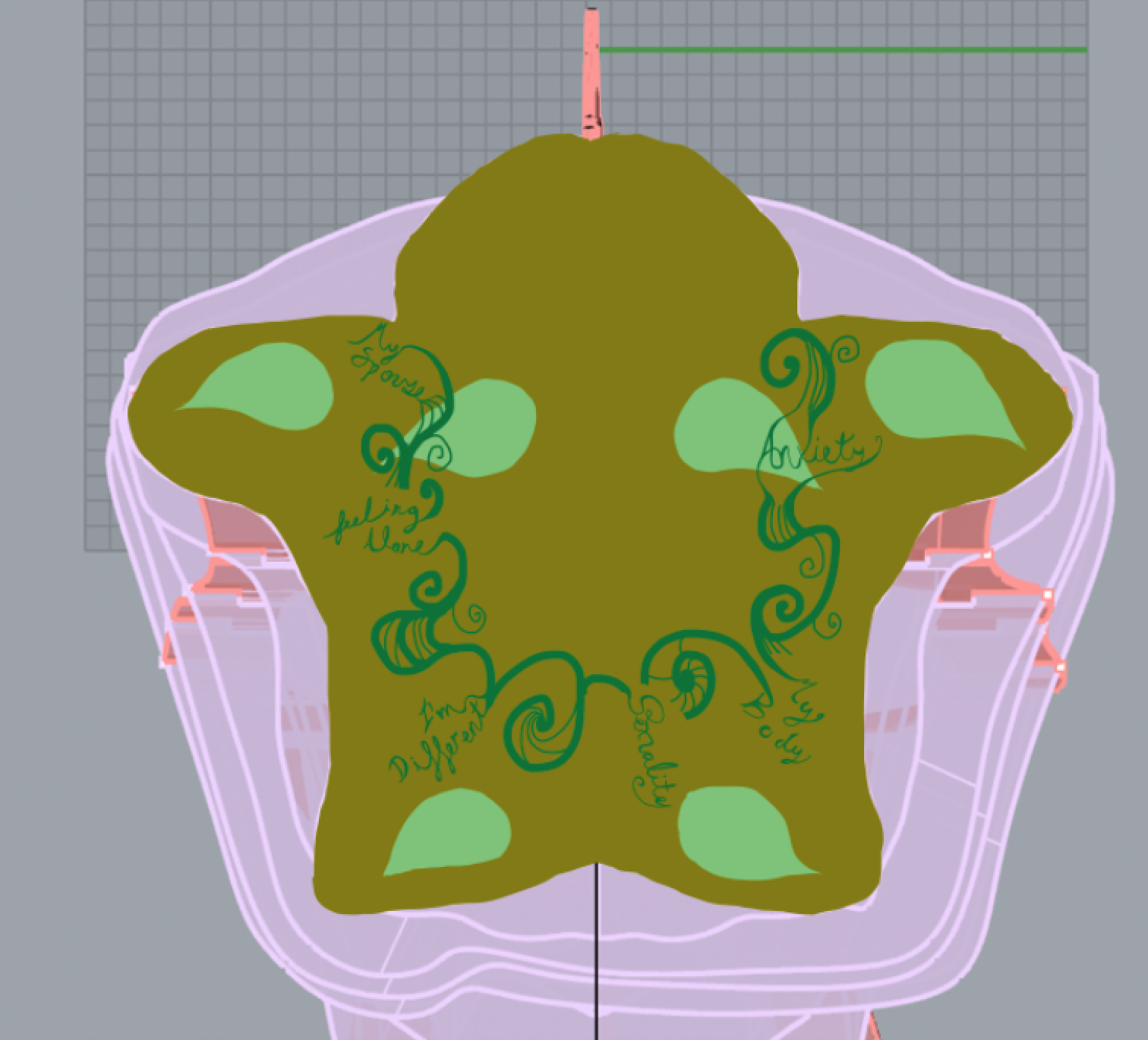
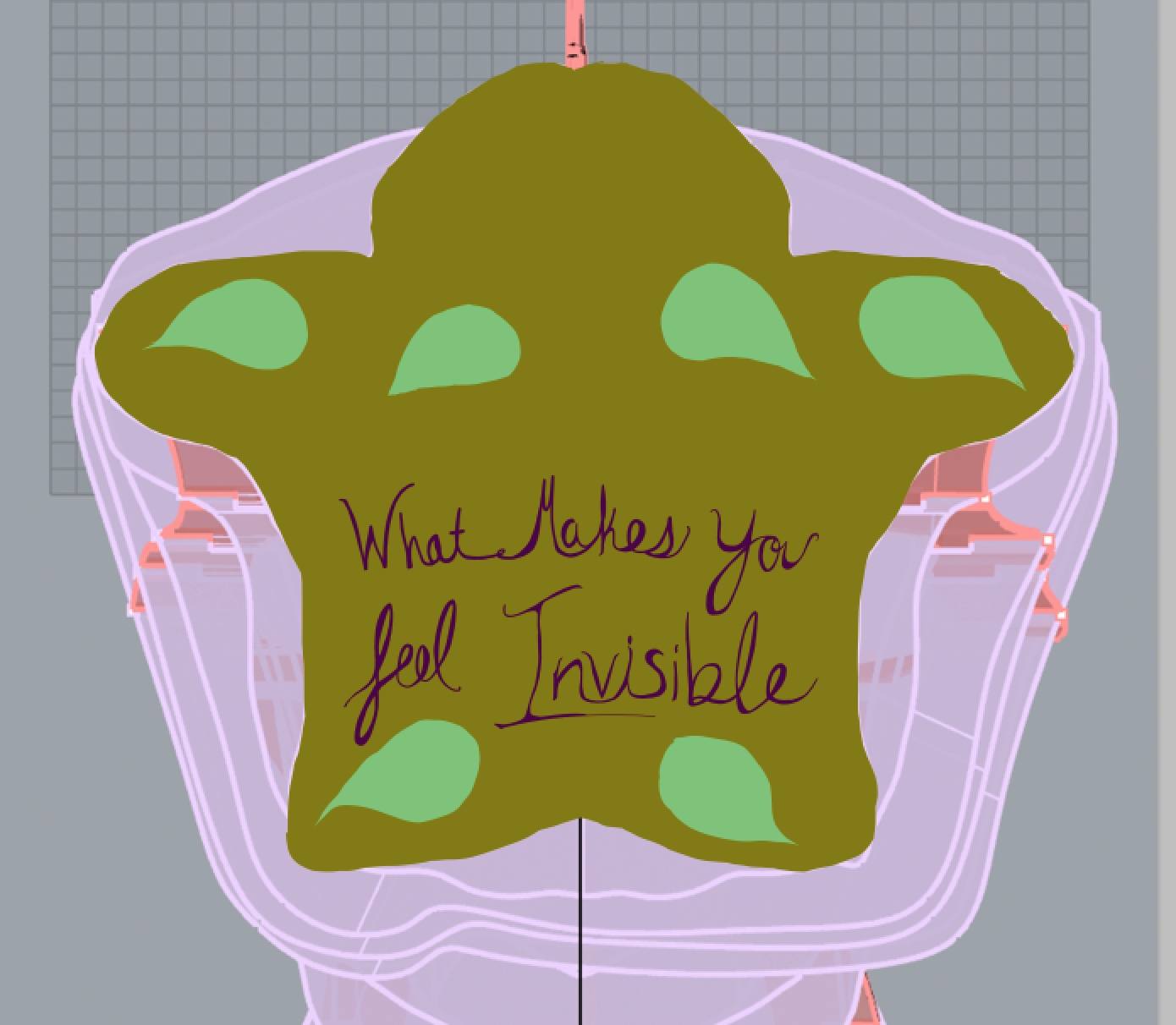
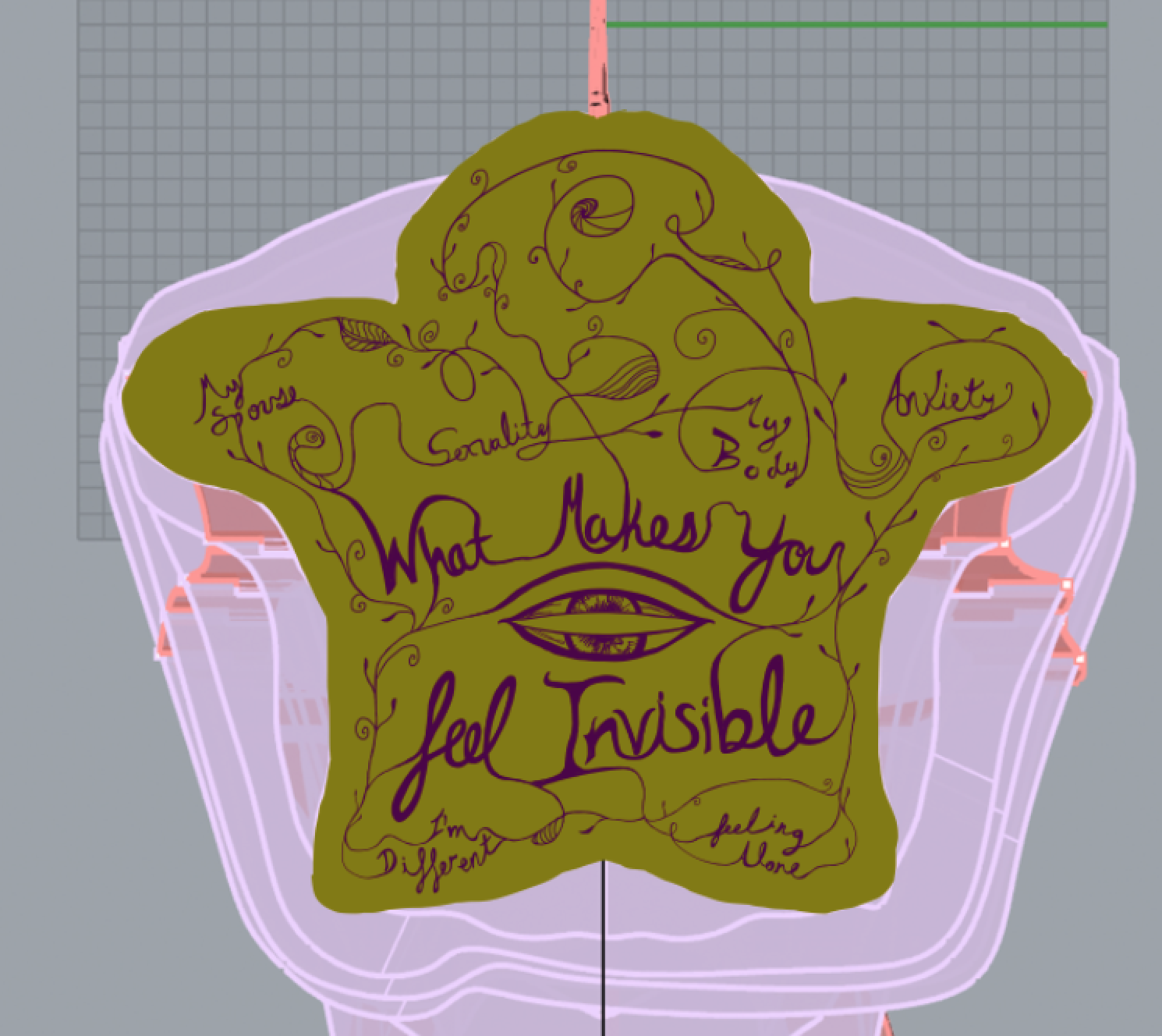
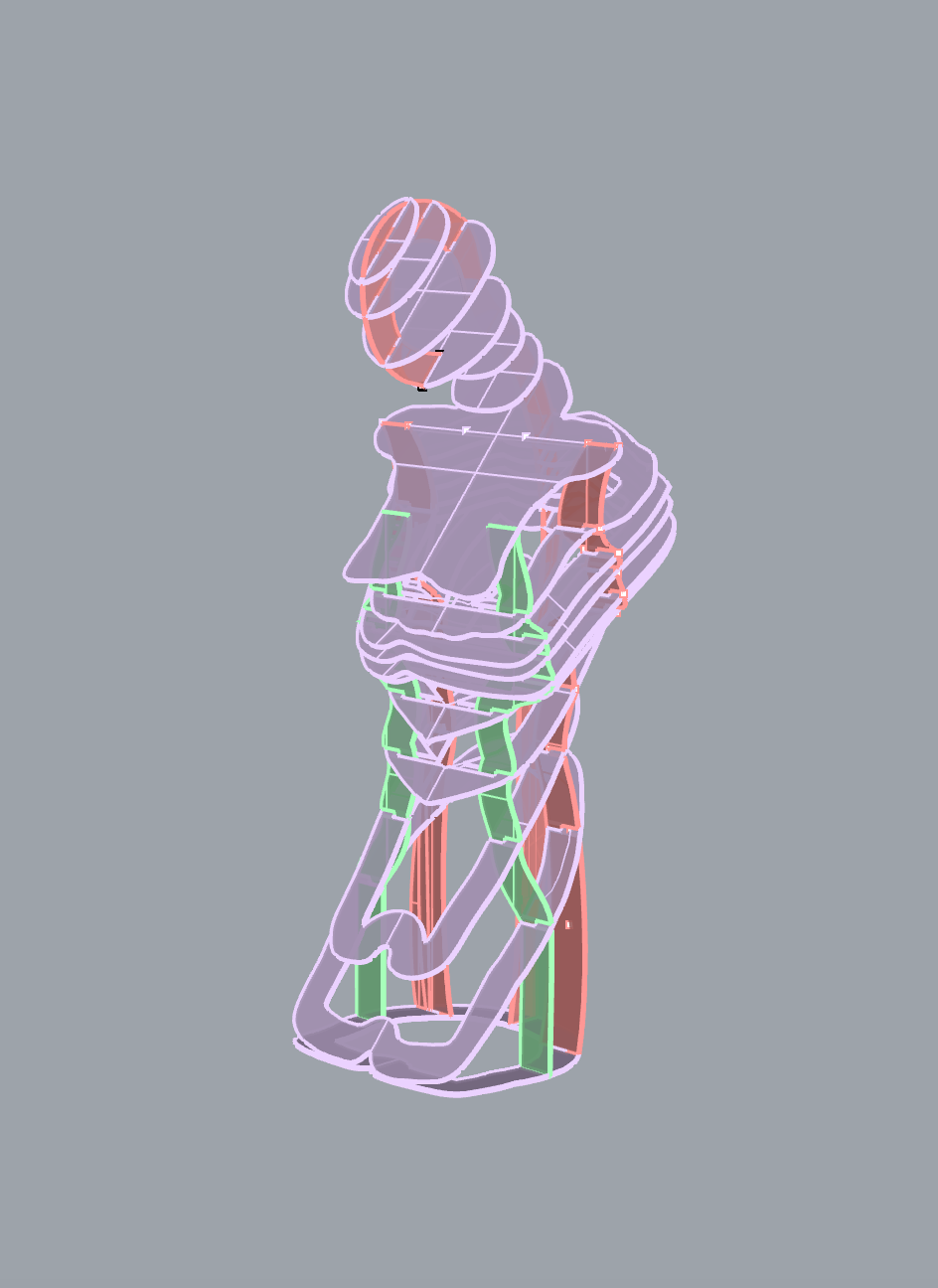
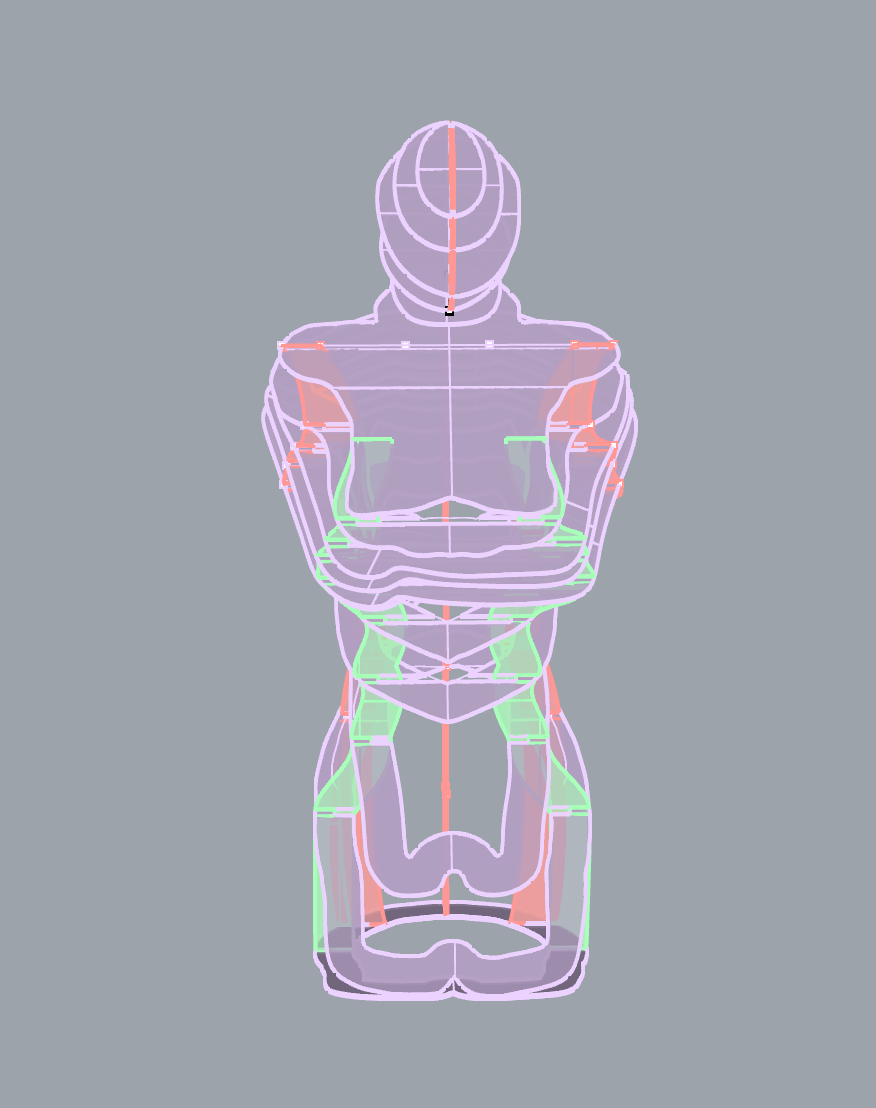
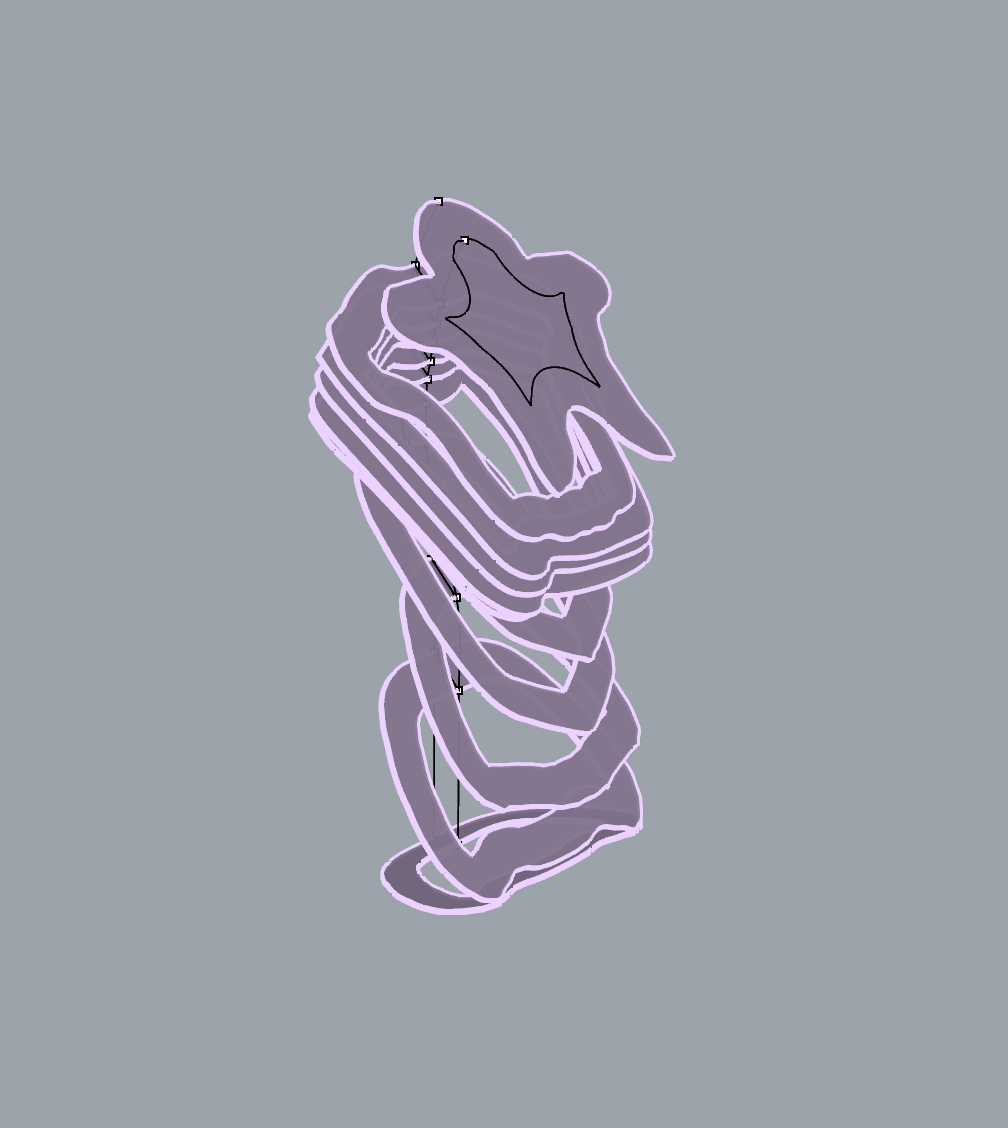
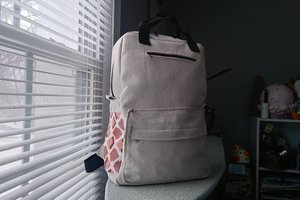
 kristina panos
kristina panos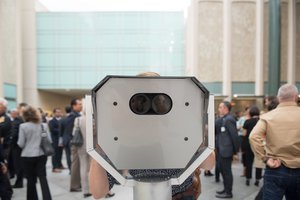
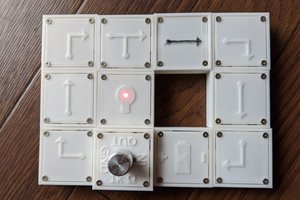
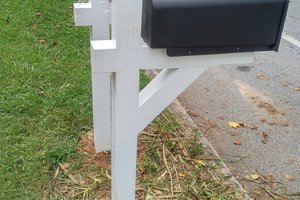
 Scott G
Scott G